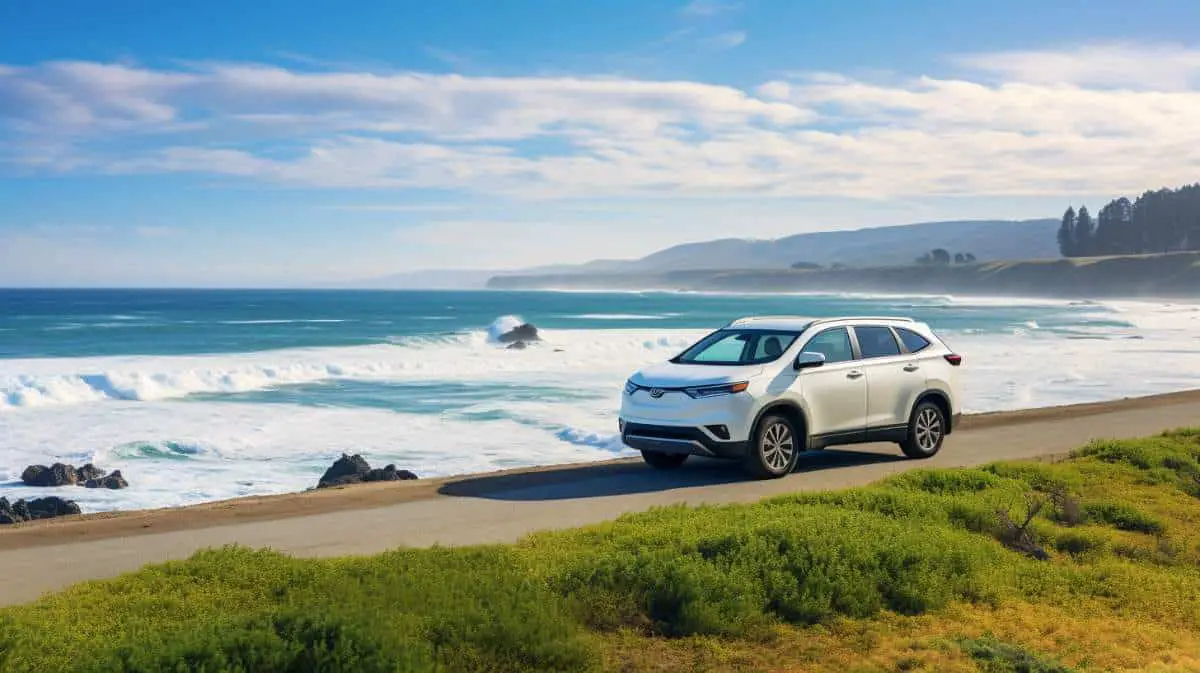The global commitment to achieve zero-emission transport, both private and public, is growing continuously with no sign of slowing down.
This commitment is absolutely necessary if global warming is to be slowed and stopped, not to mention if we want to reduce the serious health problems that vehicle air pollution causes.
In this article, I’ll break down government efforts worldwide to boost zero-emission vehicle uptake and discuss key collaborations driving change. You’ll learn how forums like the Multi-State ZEV Task Force or pledges from automakers play a crucial role in promoting electric vehicles.
I’ll talk about challenges and innovative strategies in transitioning fleets to ZEVs, as well as international agreements that are accelerating the push for sustainable transportation. And importantly, we’ll clear up questions around battery reuse or recycling.
With all my knowledge and research on this vital topic, I hope to provide you with a comprehensive understanding of global ZEV commitment.

Key Takeaways
| 1. | Zero-emission vehicles (ZEVs) are essential for reducing carbon emissions and achieving sustainability goals. |
| 2. | The California Air Resources Board’s Advanced Clean Cars initiative includes a significant program to strengthen ZEV regulations. |
| 3. | The US Federal fleet is set to become entirely comprised of ZEVs by 2035, following President Biden’s Executive Order. |
| 4. | A Comprehensive Plan outlines the pathway to ensure that sales of new cars and trucks in the US will be 100% ZEV by 2035, with collaboration between states through Multi-State ZEV Task Forces. |
| 5. | Pledges have been made internationally at COP26 to accelerate the transition towards zero-emission vehicle sales, with a focus on increasing production and manufacture of electric vehicles as part of global carbon reduction efforts. |
Understanding the Zero-Emission Vehicle Commitment
The zero-emission vehicle commitment is a global pledge aimed at addressing the pressing issue of climate change and air pollution.
This commitment promotes a shift from vehicles powered by fossil fuels towards those that emit no greenhouse gases or air pollution.
This monumental shift is vital in achieving sustainability goals, promoting cleaner air, and mitigating climate change impacts.
Zero-emission vehicles (ZEVs) are integral to the various commitments made by governments, organizations, and automakers across the globe to reduce carbon emissions.
The ZEV program forms a significant part of initiatives such as the California Air Resources Board’s Advanced Clean Cars, which aims to strengthen ZEV regulations.
Implementing this commitment requires considerable planning and coordination among all stakeholders involved. The Comprehensive Plan mentioned in these commitments outlines a year-by-year pathway ensuring that sales of new cars and trucks will be 100% ZEV by 2035.
Such an ambitious target underscores the urgency and necessity of transitioning towards sustainable transportation.
The Role of Governments and Organizations in Promoting Zero-Emission VehiclesGovernments play a pivotal role in promoting zero-emission vehicles through policies designed to incentivize their use and manufacture.
President Biden’s Executive Order sets an example by charting out a path for Federal fleet vehicles to become entirely comprised of ZEVs by 2035.This move aligns with historical electrification and renewable commitments aimed at catalyzing American clean energy industries.
It also mirrors similar efforts worldwide where nations have signed Declarations committing to 100% zero-emission light-duty vehicle acquisitions.
In addition to governmental bodies, various organizations are also committing resources towards promoting electric vehicle adoption as part of their environmental responsibility efforts.
These partnerships between different sectors ensure that emission reduction targets are met.
The Importance of Multi-State ZEV Task Forces and Automaker Pledges
The transition towards zero-emissions requires comprehensive collaboration across state lines as well as amongst automakers themselves.
States like Vermont have formed multi-state ZEV task forces with other states to meet their ambitious targets. These task forces aim at streamlining regulatory measures, sharing knowledge, coordinating charging infrastructure development, and providing incentives for EV adoption amongst citizens.
They also focus on exchanging best practices for sustainable fleet management. Major automakers, including General Motors, have pledged to phase out petroleum-powered cars and trucks by 2035.
They plan on selling only vehicles that offer zero tailpipe emissions. Such initiatives necessitate technological innovation along with infrastructural developments ensuring charging accessibility.
International Commitments to Accelerate Transition Towards Zero-Emission Vehicle Sales
On an international scale, commitments were made during COP26. Multiple entities pledged to accelerate transitions towards zero-emission vehicle sales. An official declaration on accelerating this transition was adopted, with cities, states and regional governments working together.
They are converting their owned or leased fleets into zero-emission vehicles. These international pledges highlight the importance placed on carbon neutrality and environmental protection at a global level. This emphasizes shared responsibility in mitigating climate change impact.
Despite differences in adoption pace worldwide due mostly to technical complexities or economic circumstances facing some countries, there still exists positive consensus around moving toward increased electric vehicle production & manufacture as part of global carbon reduction efforts.
Global Strategies for Transitioning Fleets To ZEVS And Challenges Faced
Transitioning fleets globally towards becoming entirely comprised of zero emission vehicles is both complex yet critical for achieving sustainability goals set under various national & international climate agreements .
Each region or country has unique strategies based on domestic implementation considerations. These are largely dictated by existing infrastructure and market dynamics.
Despite some leading automakers not yet fully committing due to differences within regional adoption rates worldwide, there is a general consensus about moving forward.
The focus is on increasing production and manufacturing electric powered transport solutions which form a core component of future carbon reduction strategies.
However, certain practical challenges exist such as the need for extensive charging infrastructure, battery technology limitations, and high upfront costs etc.
These challenges require wise policy decisions and robust public-private collaborations to overcome them effectively. It’s important to keep consumer needs and considerations at the forefront of all strategies adopted.

Improving Environmental Benefits With Battery Reuse And Recycling Schemes
Many programs globally underscore importance battery reuse recycling aspects – strengthening environmental benefits during global transition towards more widespread use electric vehicles .
Certain states, under specific MOUs, work actively to ensure every new medium to heavy-duty vehicle sale in the future will essentially be an eco-friendly, non-polluting machine with no tailpipe emissions.
Battery recycling schemes not only ensure effective material utilisation but also prevent hazardous waste disposal issues that would arise from otherwise discarded batteries.
Battery reuse allows retired EV batteries to find a second life as power storage units for renewable energy systems. This provides additional revenue streams for manufacturers while mitigating raw material scarcity issues.
In summary, it is clear to see that the entire world stands committed toward achieving a higher rate of zero-emission vehicle adoption. This trend is evident within government fleet acquisitions, public transportation systems, and even commercial fleet operations.
All these efforts combined hold the promise of a brighter future. Cleaner air around us will lessen the severity of harmful impacts posed by the global climate change crisis.
FAQs
What is the Zero-Emission Vehicle Program?
The Zero-Emission Vehicle Program is a significant part of the California Air Resources Board’s Advanced Clean Cars initiative. This program aims to strengthen ZEV (zero-emission vehicle) regulations, significantly reducing carbon emissions and aiding in achieving sustainability goals. Internationally, similar initiatives are being implemented under various commitments.
- Tesla Charger Installation Cost (Home Setups) - March 1, 2024
- Tesla Phone Key Disconnected (Troubleshooting Guide and Quick Fixes) - March 1, 2024
- Tesla FSD 12 (Explained) - March 1, 2024